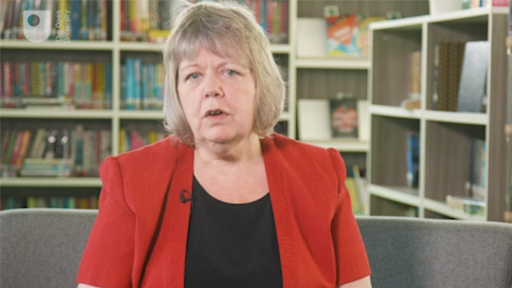2 Building your collection management
The layout and design of your library is crucial for making a safe and accessible environment that is welcoming to everyone. However, in order to truly fulfil your duty as a school librarian, it is necessary that your collection is representative of your entire school community. An ability to cater to their unique needs is a fundamental aspect of good collection management. In order to demonstrate an understanding of these needs, it is wise to consider the society in which your school exists. This will help you identify relevant factors such as multiculturalism, a higher prevalence of a particular faith, or students for whom English is a second language. You should try to cater for such needs by stocking specific resources, for example foreign-language books for those with English as a second language. This will also help other students find out more about other cultures. Similarly, you may also seek to offer resources which address private or personal issues such as sexual orientation and mental health and wellbeing. These can help students explore sensitive topics and find answers to questions they may otherwise be afraid to broach with others, fostering a sense of inclusivity and demonstrating your awareness of their needs.

Another major factor which might influence your collection management is the socio-economic background of students; students from economically disadvantaged backgrounds may have fewer books in their home due to financial restrictions, a factor which can have far reaching consequences on student’s literacy levels and educational outcomes. One study has found that fourteen-year-olds from homes with very few books knew 42% fewer words than those from homes with lots of books (UCL Institute of Education, 2017). This example demonstrates just one of the ways socio-economic status can impact on students’ literacy levels and interest in reading. Thinking of ways to engage these students and target their interests should, therefore, be of key importance in your collection management and including resources requested by students can be one way of doing this. Indeed, it is only by looking at your school from this broader perspective that you can focus your resources appropriately and reassure students that your collection management reflects the full diversity of their communities.
To explore further the intersection between collection management and the needs of stakeholders, watch the video below. Then, considering the demographics of your own school, complete the activity and reflect on how your collection management can help meet their needs.

Transcript: Video 2
As mentioned in Session 1, Sarah suggests reviewing the school’s mission statement and the wider aims of the school (including the school’s policy on equality and diversity) when thinking about your library’s collection. A general approach is helpful for this, such as when thinking about the age of the students in the school, however it is also important to encompass all students when considering the resources your library provides, including those with special educational needs, those with English as a second language and those part of the LGBTQ+ community, for example. These groups may or may not form a large proportion of the students at your school, but having resources that represent and cater for them will help you to build an inclusive environment that everyone feels welcome in.
Keeping on top of your resources, so they do not become outdated and continue to be relevant, appropriate and reflective of your school community means you need to regularly review your collection.
Activity 2
In the box below, describe your school in terms of its size, age group, type (e.g. private secondary school), demographic, etc.
Then, in the table below, list three different stakeholders your library caters for and give an example of a resource you provide for them.
| Stakeholder | Library resource |
|---|---|
| Example: Primary school students | Picture books, large format books |
| Example: Students with low reading-age | Books which acknowledge the students’ reading ages whilst still being appropriate to their ‘interest-ages’ (i.e. age-appropriate content but low reading-age language) |
Comment
If doing this activity has helped you identify any gaps in your resources, you should make a note of these and incorporate them into your library development plan. Similarly, if it has highlighted that you need to communicate more with other colleagues to build a more comprehensive profile of students’ needs, it may be helpful to create a list of who you need to speak to, and prioritise who you should approach first.
Now that you have completed the activity, you can proceed to the next section where you will explore how modern libraries balance their physical and digital resources to maximise accessibility and optimise their offering.
